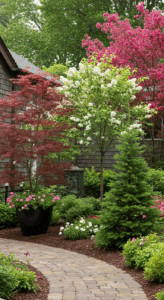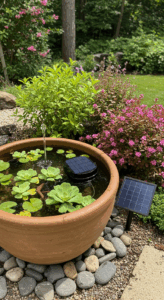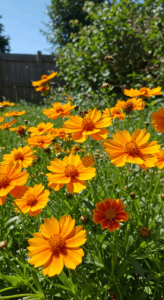1. The Ultimate Disinfectant: Cleaning Garden Tools with Peroxide
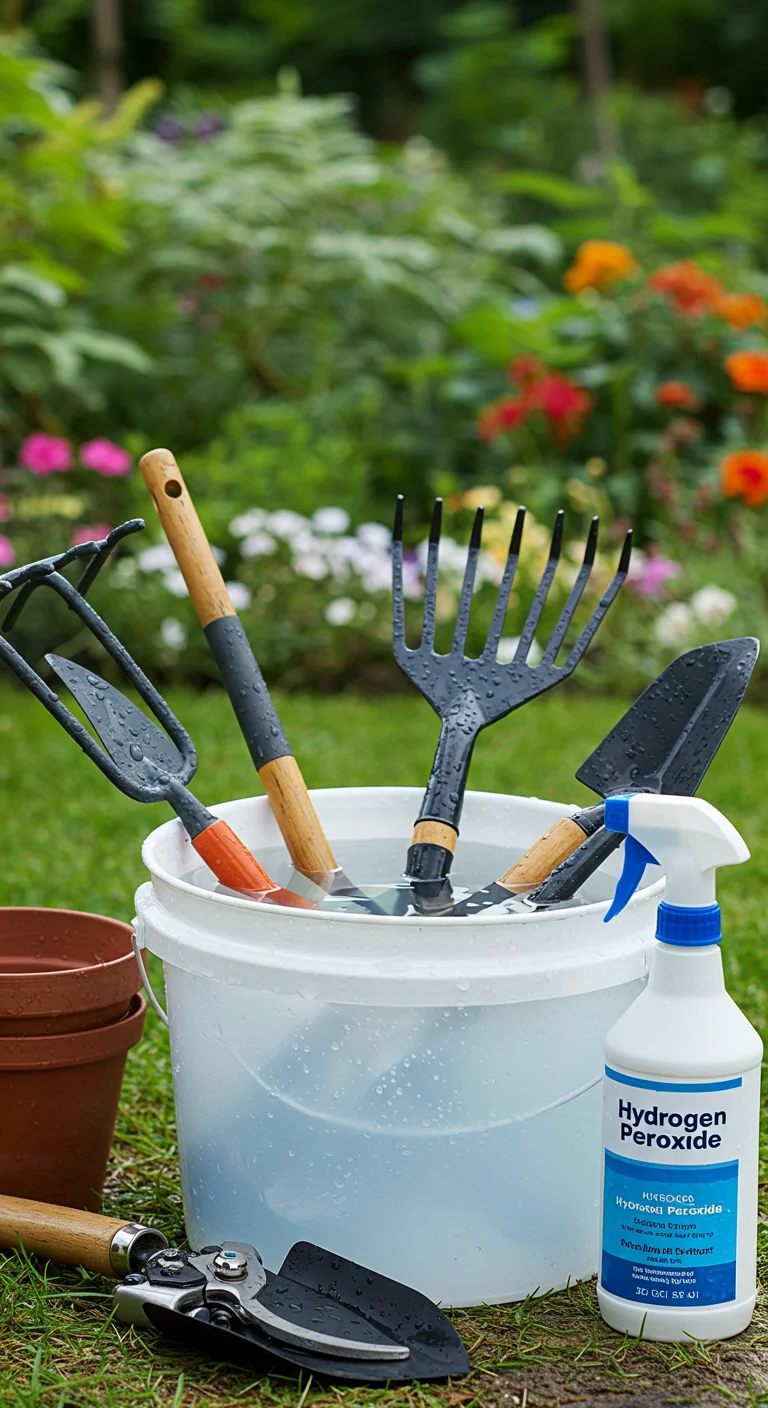
Cleaning garden tools is essential to prevent the spread of diseases among plants, and hydrogen peroxide is the ultimate disinfectant for this task. To use it effectively, mix equal parts of 3% hydrogen peroxide and water in a spray bottle. Spray the solution generously on your tools, ensuring that all surfaces are covered, particularly those that come into contact with the soil. Allow it to sit for about 10 minutes to effectively kill any lingering pathogens. For stubborn rust or grime, you can soak smaller tools directly in the solution for deeper cleaning. After disinfecting, rinse your tools with water and dry them thoroughly to prevent any corrosion. Regularly cleaning your garden tools not only extends their lifespan but also promotes a healthier garden environment.
2. Fungal Fighter: How Peroxide Tackles Plant Diseases
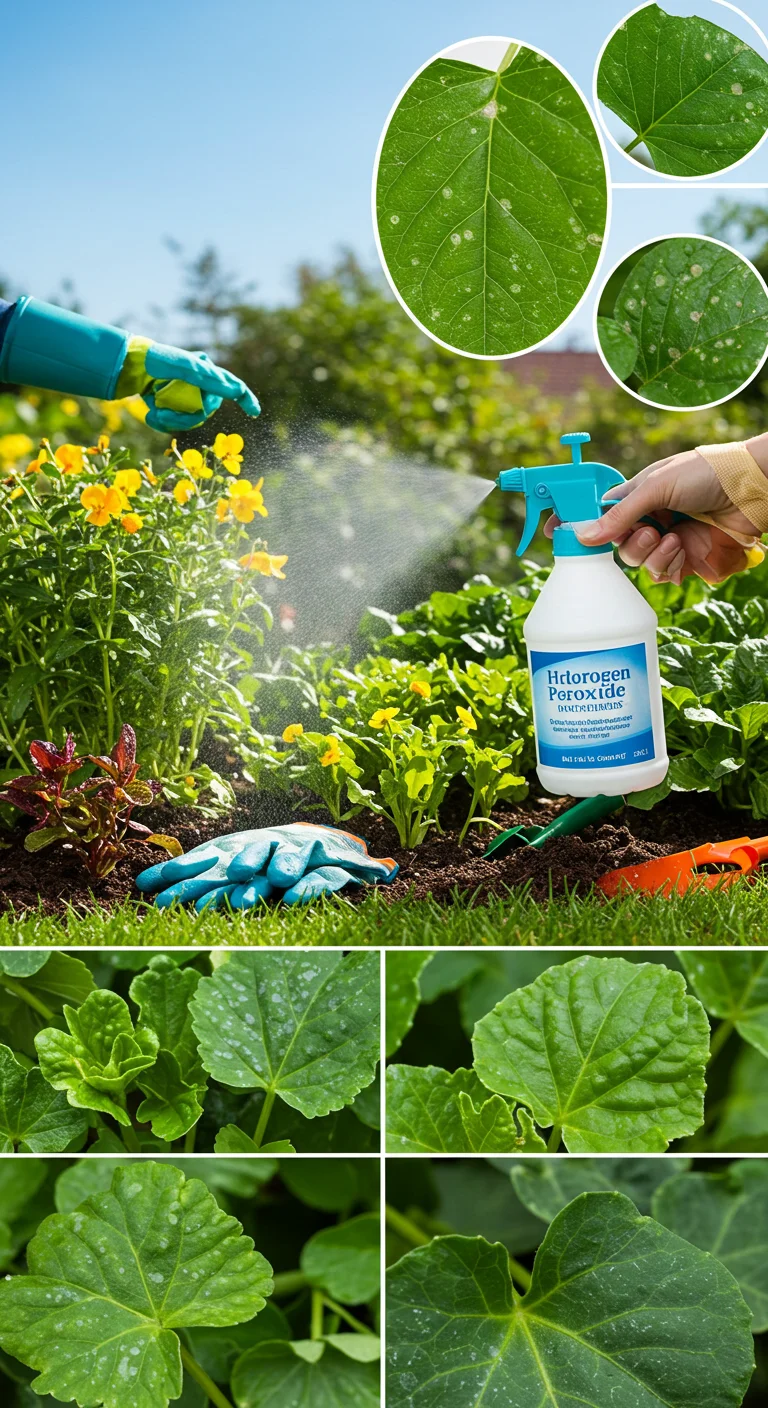
Hydrogen peroxide (H2O2) serves as a potent fungal fighter in the garden, effectively combating common plant diseases such as powdery mildew, root rot, and leaf spot. By introducing oxygen into the plant’s environment, peroxide disrupts the cellular structure of fungi, preventing their growth and spread. To use it, mix a solution of one part hydrogen peroxide (3% concentration) with four parts water and spray it directly onto affected plants or soil. This not only helps eliminate existing fungal infections but also acts as a preventive measure, promoting healthier foliage and root systems. Regular application can keep your plants thriving and disease-free, making peroxide an invaluable ally in maintaining vibrant and robust gardens.
3. Root Revival: Using Peroxide for Root Rot Prevention
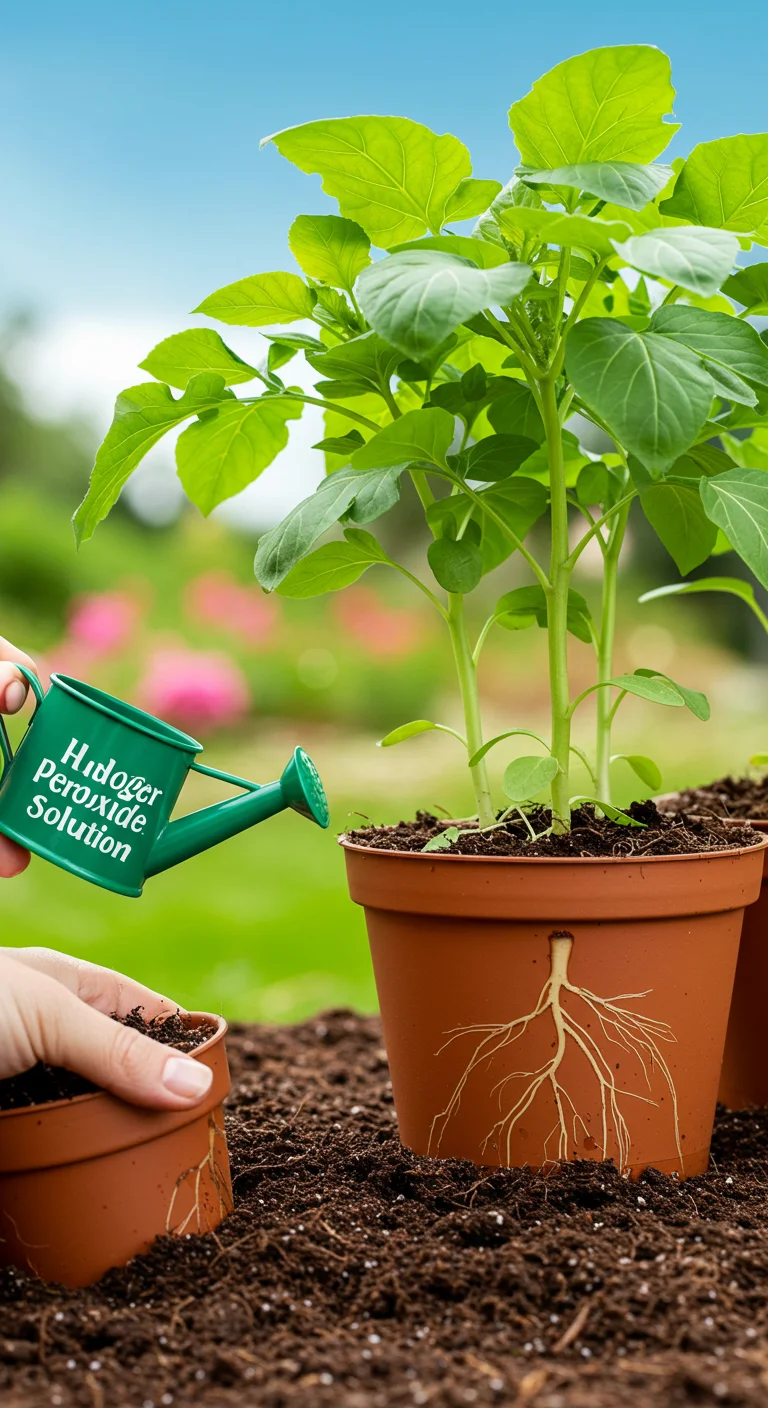
Root rot is a common issue that plagues many gardeners, often resulting from overwatering or poor drainage. To combat this, hydrogen peroxide can be a game-changer. Mix one part 3% hydrogen peroxide with four parts water and use this solution to water your plants. The peroxide helps to oxygenate the soil, promoting healthy root development while simultaneously combating harmful pathogens present in damp environments. Additionally, applying this mixture every few weeks can serve as a preventive measure, ensuring that your roots remain strong and free from disease. Always monitor your plants after treatment to observe any changes in their health, as healthy roots are key to thriving plants.
4. Bug Buster: Natural Pest Control with Peroxide
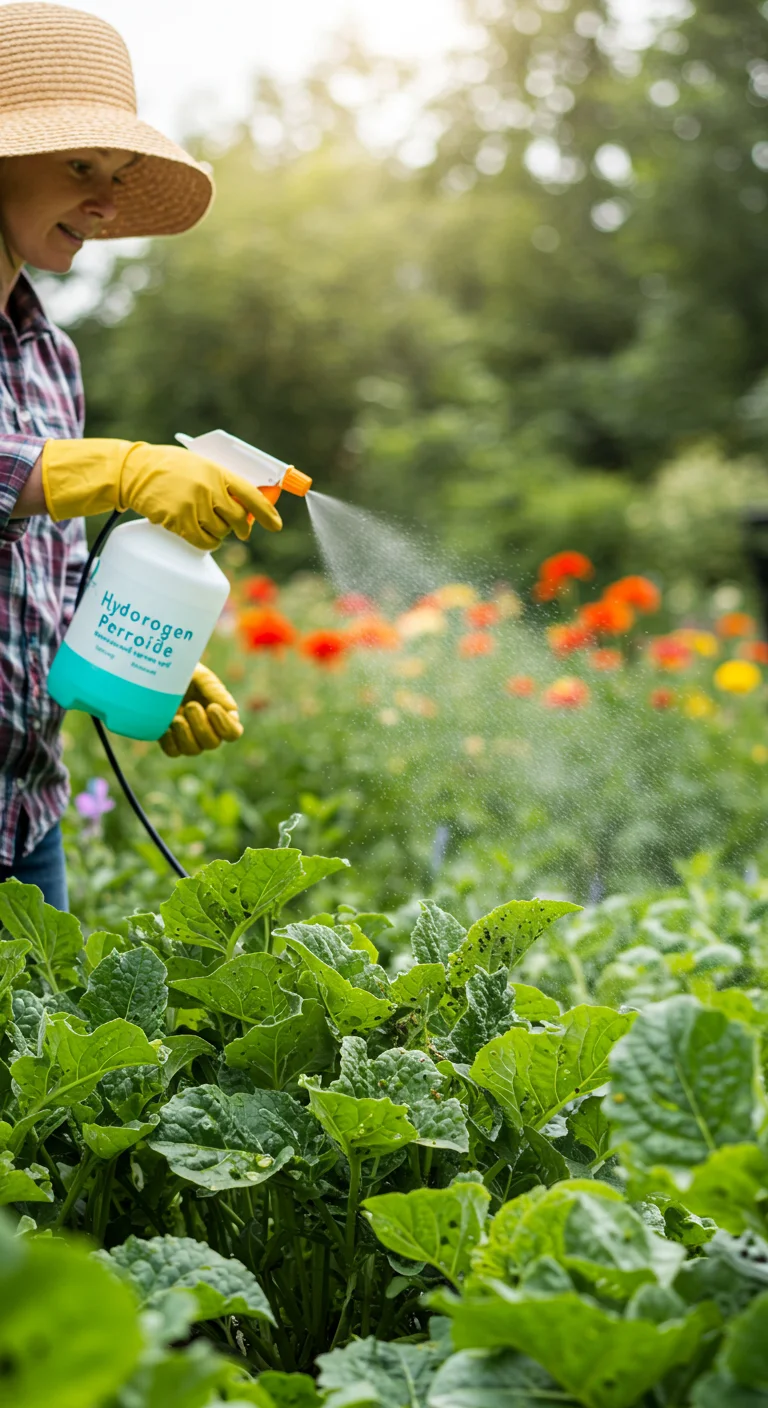
Hydrogen peroxide is a versatile and effective natural pest control solution that can help protect your garden and houseplants from a variety of unwanted insects. By diluting 3% hydrogen peroxide with water in a spray bottle—typically at a ratio of one part peroxide to four parts water—you create a safe and eco-friendly spray that can kill pests like aphids, spider mites, and whiteflies on contact. Additionally, this solution can help deter fungal diseases and promote healthy root development when applied to the soil. To use, simply spray the affected areas in the early morning or late afternoon to avoid leaf burn and ensure maximum efficacy. Regular applications can keep pests at bay while being safe for beneficial insects and the environment.
5. Soil Sanitizer: Boosting Soil Health with Hydrogen Peroxide
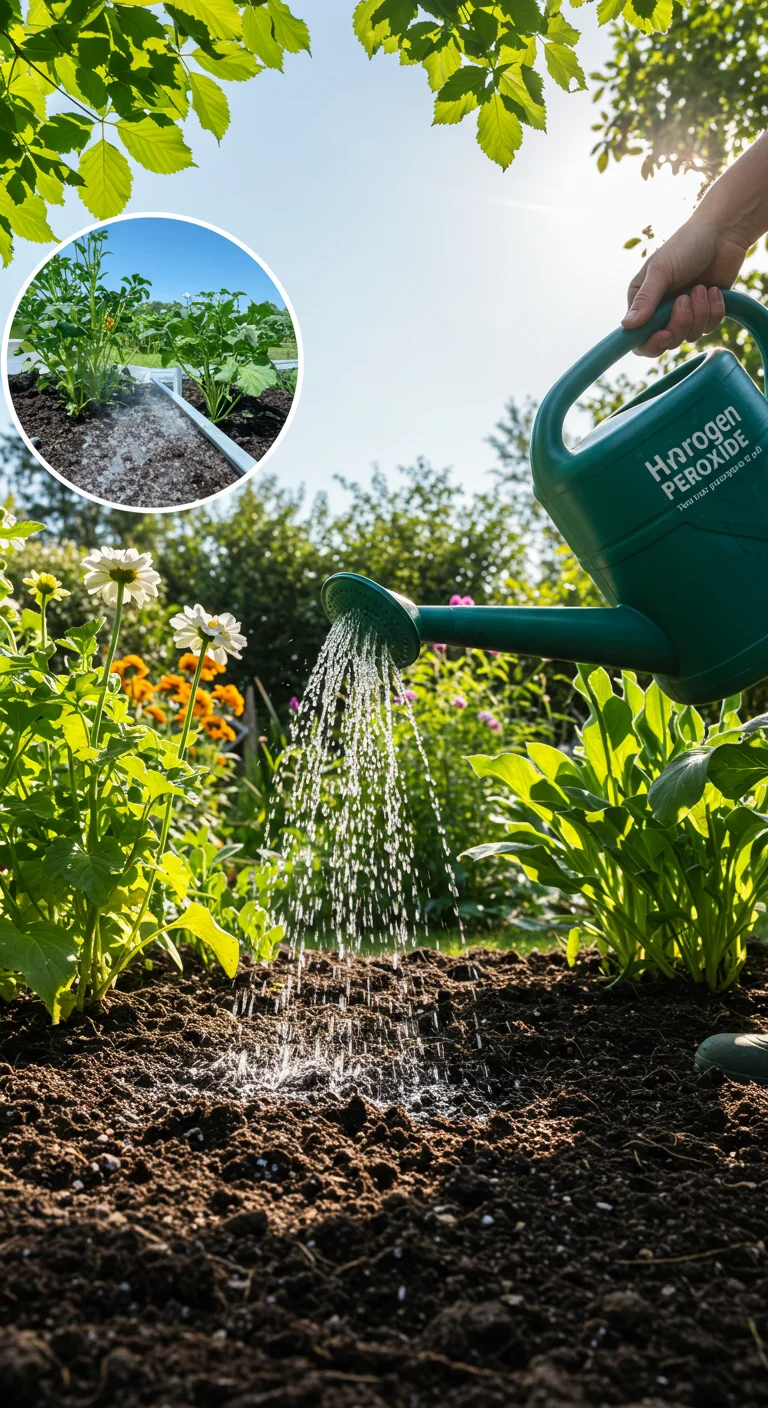
Hydrogen peroxide is an effective soil sanitizer that can significantly boost soil health by eliminating harmful pathogens and pests. When diluted to a concentration of 3%, it can be applied directly to the soil to combat issues such as root rot, mold, and other fungal diseases. This oxygen-rich compound works by releasing oxygen and creating a hostile environment for unwanted microorganisms while promoting the growth of beneficial bacteria. To use it, mix one part hydrogen peroxide with four parts water and apply it to the soil around your plants, especially before planting or during the growing season. This treatment not only disinfects the soil but also enhances aeration, leading to healthier root systems and improved plant vitality. Regular applications can help maintain a thriving garden ecosystem, ensuring your plants flourish in nutrient-rich conditions.
6. Seed Soaking Solution: Enhancing Germination Rates

Using a hydrogen peroxide seed soaking solution can significantly enhance germination rates for various seeds. By soaking seeds in a diluted hydrogen peroxide solution (typically 3% peroxide mixed with water in a ratio of 1:10), you can help break down hard seed coats and eliminate potential fungal spores that could inhibit growth. This treatment not only accelerates germination but also promotes healthier seedlings by providing them with a boost of oxygen, which is essential for root development. Soak the seeds for about 30 minutes before planting, and you’ll likely notice quicker sprouting and stronger plants. Incorporating this method into your planting routine can lead to a more productive garden and increased success with challenging seed varieties.
7. Leaf Shine: Creating a Sparkling Finish for Houseplants

Using hydrogen peroxide as a leaf shine can enhance the aesthetic appeal of your houseplants while promoting their health. To create a natural leaf shine solution, mix one part hydrogen peroxide (3% concentration) with two parts water in a spray bottle. This mild solution not only removes dust and grime from leaves, allowing them to breathe better and absorb more sunlight, but it also helps eliminate pests and fungal infections. Lightly mist the leaves with the solution and wipe them gently with a soft cloth for a sparkling finish. Regular use every few weeks can keep your plants looking vibrant and thriving. However, avoid spraying on flowering plants to prevent damage to the blooms. With this simple technique, you can ensure your houseplants not only look great but also remain healthy and robust.
8. Odor Eliminator: Freshening Up Your Indoor Garden
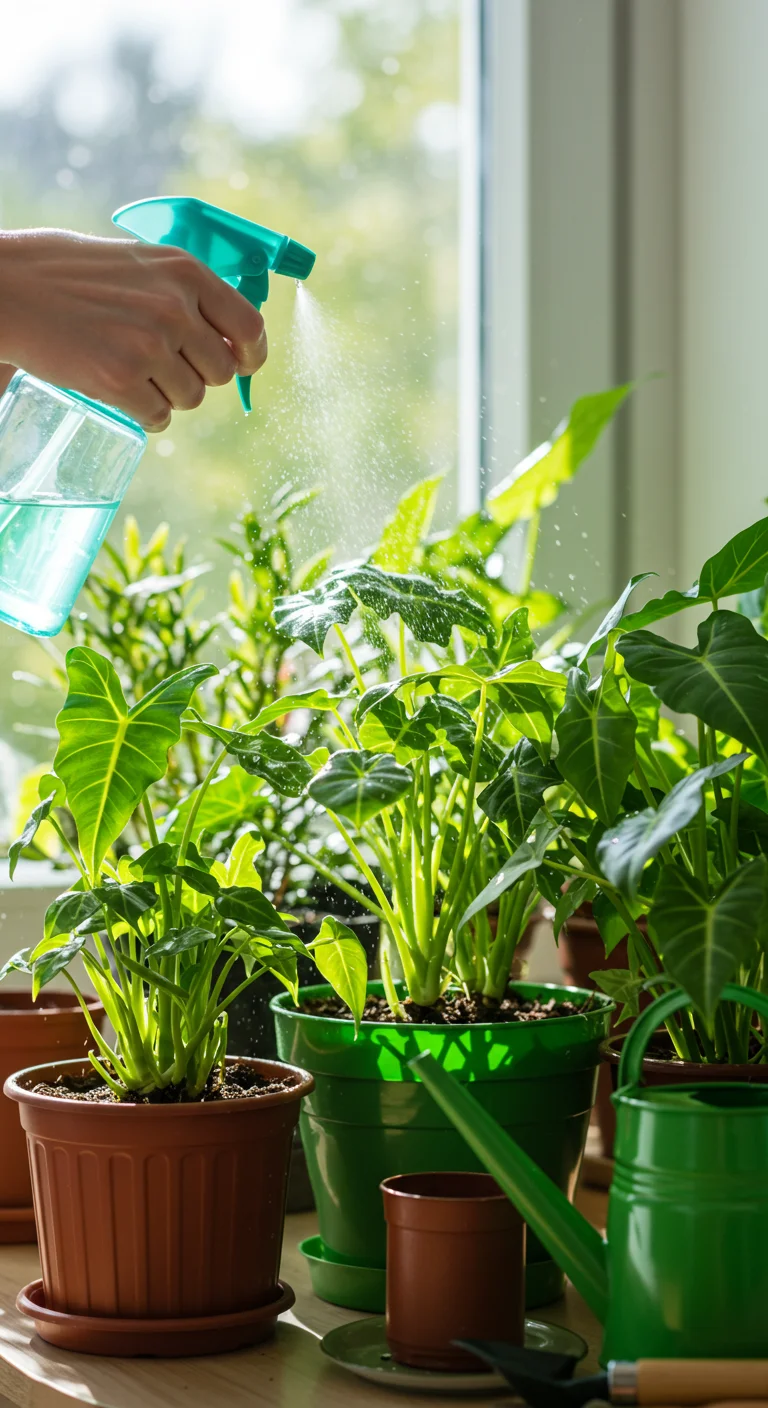
Hydrogen peroxide is not only a powerful disinfectant but also an effective odor eliminator for your indoor garden. When mixed with water in a 3% solution, it can neutralize unpleasant smells caused by mold, mildew, or decaying plant matter. To use it, spray the solution lightly around your plants, focusing on areas where odors are strongest. This treatment helps break down organic compounds that produce foul smells while simultaneously providing oxygen to the roots, promoting healthier growth. Additionally, hydrogen peroxide can combat root rot and other issues that contribute to bad odors, ensuring your indoor garden remains fresh and inviting. Regular applications can keep your indoor environment smelling clean and vibrant, enhancing your gardening experience.
9. Mold and Mildew Control: Protecting Your Greenery
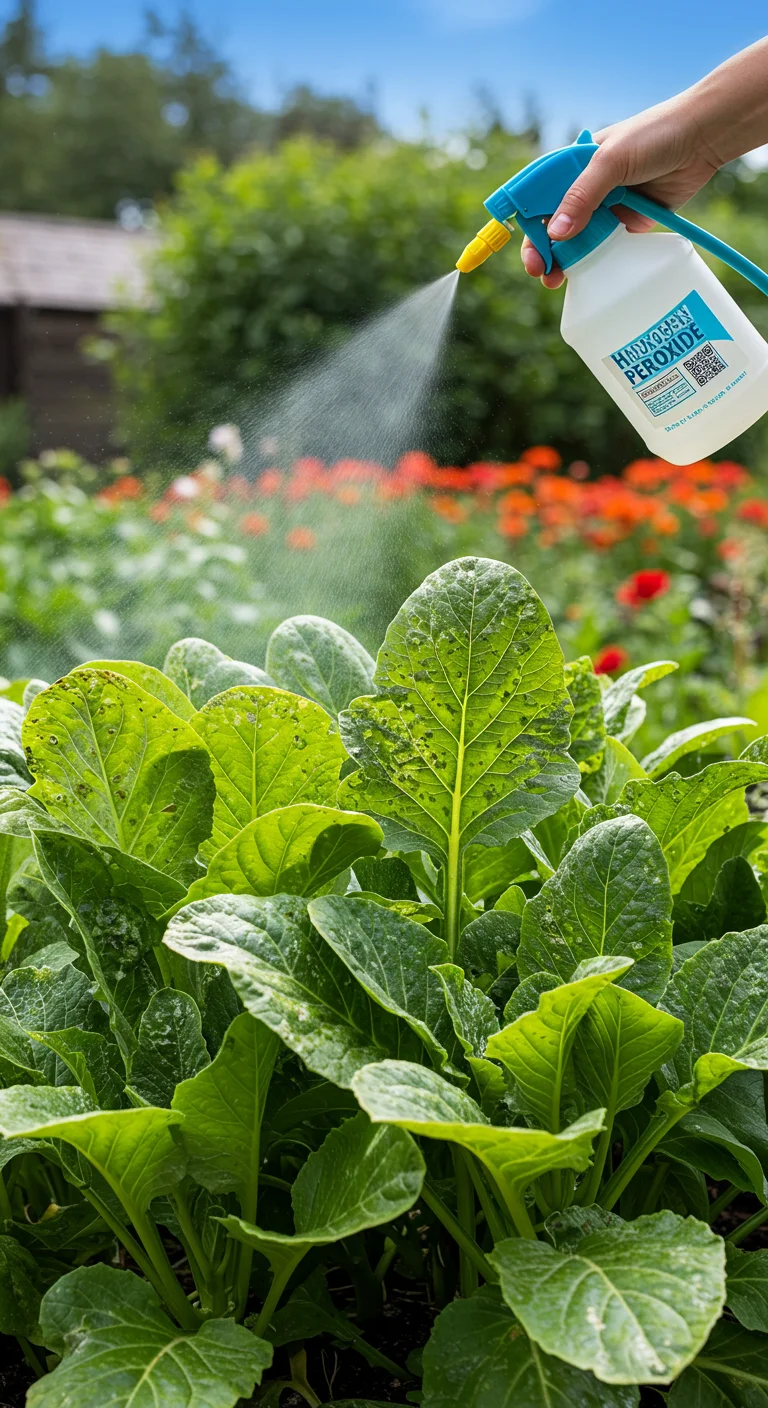
Mold and mildew can wreak havoc on your plants, but hydrogen peroxide offers an effective solution for control. By mixing a solution of one part hydrogen peroxide to four parts water, you can create a natural fungicide that helps to eliminate these unwanted growths. Spray this mixture directly onto affected areas of your plants, ensuring to coat the leaves and stems thoroughly. This not only kills existing mold and mildew but also prevents their recurrence by oxygenating the soil and improving plant health. Regular applications, especially in humid conditions, can keep your greenery thriving and free from fungal infections, allowing for a vibrant and healthy garden.
10. Hydroponic Helper: Reinforcing Your Hydroponic Systems
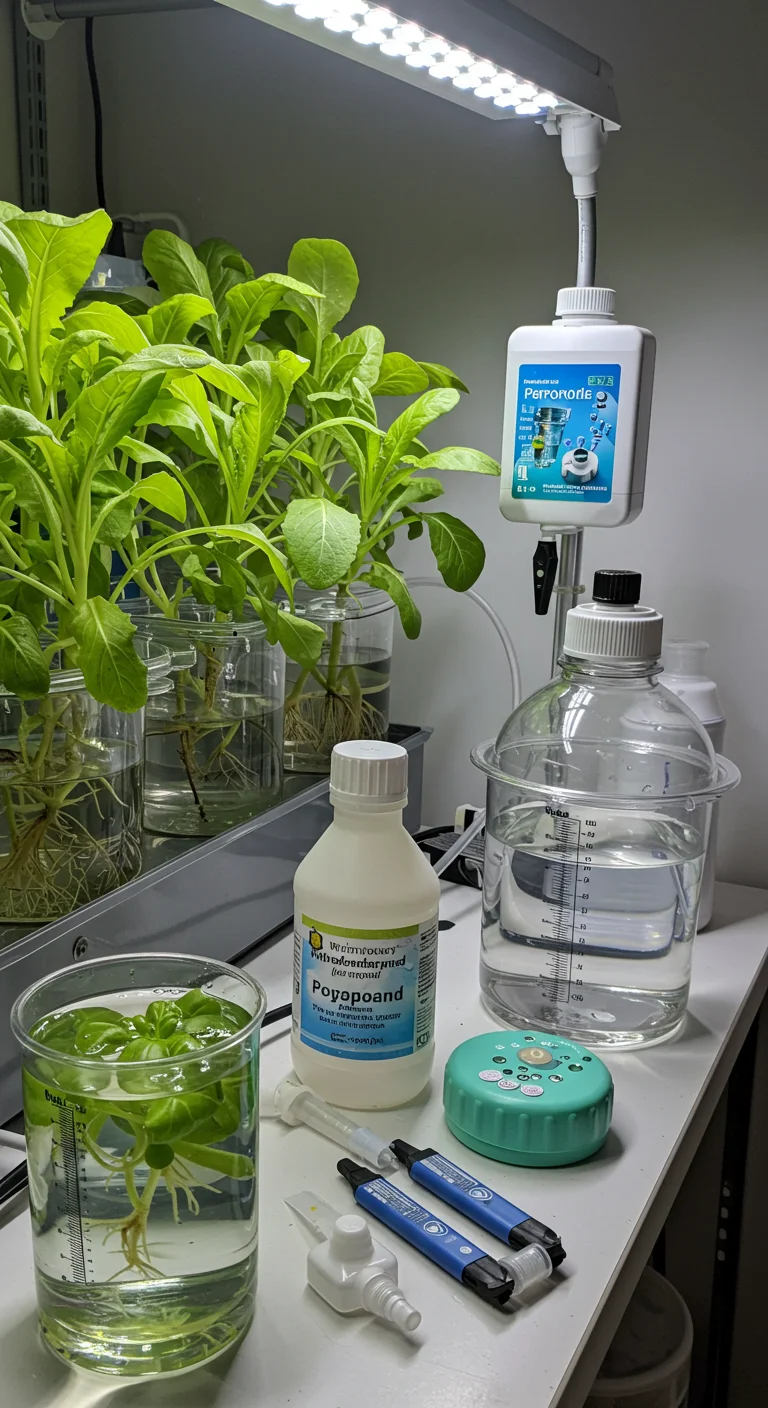
Hydrogen peroxide is a powerful ally in hydroponic gardening, promoting healthier plant growth and preventing diseases. By diluting food-grade hydrogen peroxide in water (typically a 3% solution), you can oxygenate nutrient solutions, enhancing root respiration and nutrient uptake. This boost in oxygen levels can help prevent root rot and other common issues associated with overwatering. Additionally, using hydrogen peroxide can effectively eliminate harmful pathogens in your hydroponic systems, protecting your plants from fungal infections and algae growth. Regularly rinsing your hydroponic equipment with a diluted mixture can help maintain a clean environment, fostering robust plant health and improving yield. Remember to monitor your plants closely, as different species may have varied tolerance levels to hydrogen peroxide applications.
11. Pest Prevention: Using Peroxide to Deter Common Garden Pests
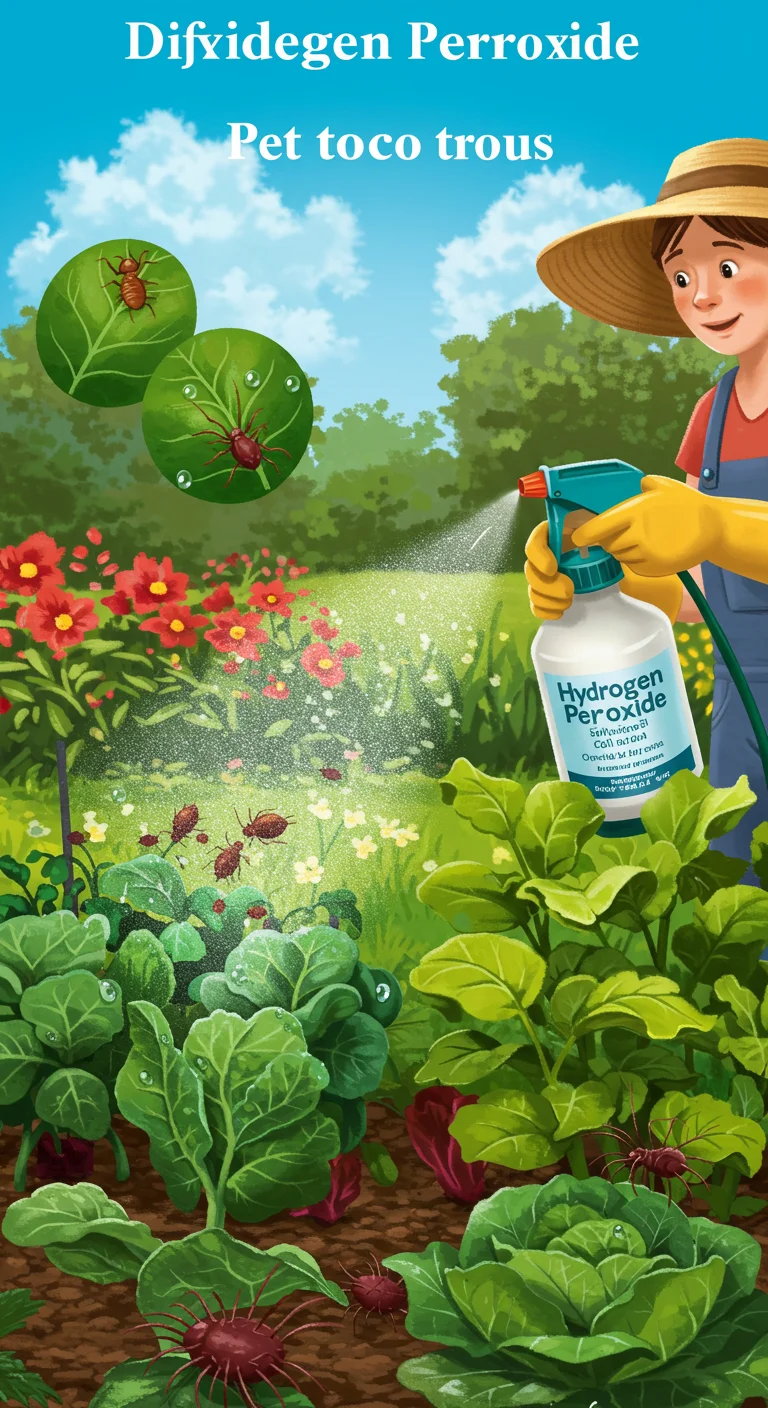
Using hydrogen peroxide as a pest deterrent in your garden can be an effective and eco-friendly method to keep unwanted visitors at bay. By diluting 3% hydrogen peroxide with water in a 1:4 ratio, you can create a natural spray that targets common pests like aphids, spider mites, and whiteflies. This solution works by breaking down the pests’ exoskeletons and disrupting their respiratory systems, ultimately leading to their demise without harming your plants. To maximize its effectiveness, apply the solution in the early morning or late afternoon when beneficial insects like bees are less active. Regular applications every few days can help maintain a pest-free environment while promoting healthier plant growth. Always test a small area of your plants before full application to ensure there are no adverse reactions.
12. Water Purifier: Keeping Your Plant Water Clean and Safe
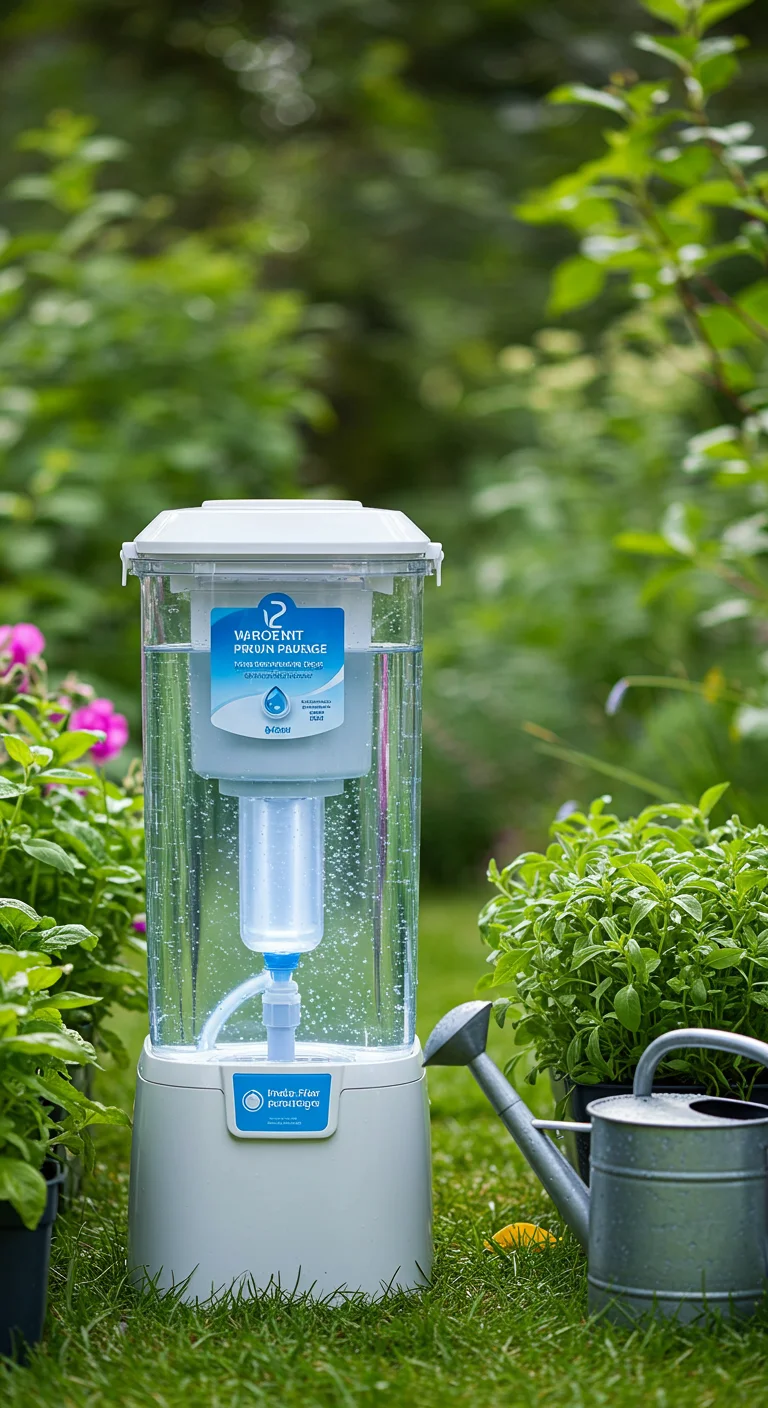
A water purifier is an essential tool for any gardener looking to keep their plants healthy and thriving. By using hydrogen peroxide as a natural disinfectant, you can effectively purify your watering source, eliminating harmful pathogens that can affect your plants. Simply mix one part hydrogen peroxide with four parts water, and use this solution to treat your watering can or reservoir. This not only ensures that your plants receive clean water, but it also helps oxygenate the water, promoting better root health. Regularly purifying your watering system can reduce the risk of diseases like root rot and fungal infections, making it crucial for a sustainable gardening practice. With the added benefit of being environmentally friendly, hydrogen peroxide is a smart choice for conscientious gardeners seeking to enhance their plant care routine.
13. A Gentle Touch: Peroxide for Delicate Seedlings and Transplants
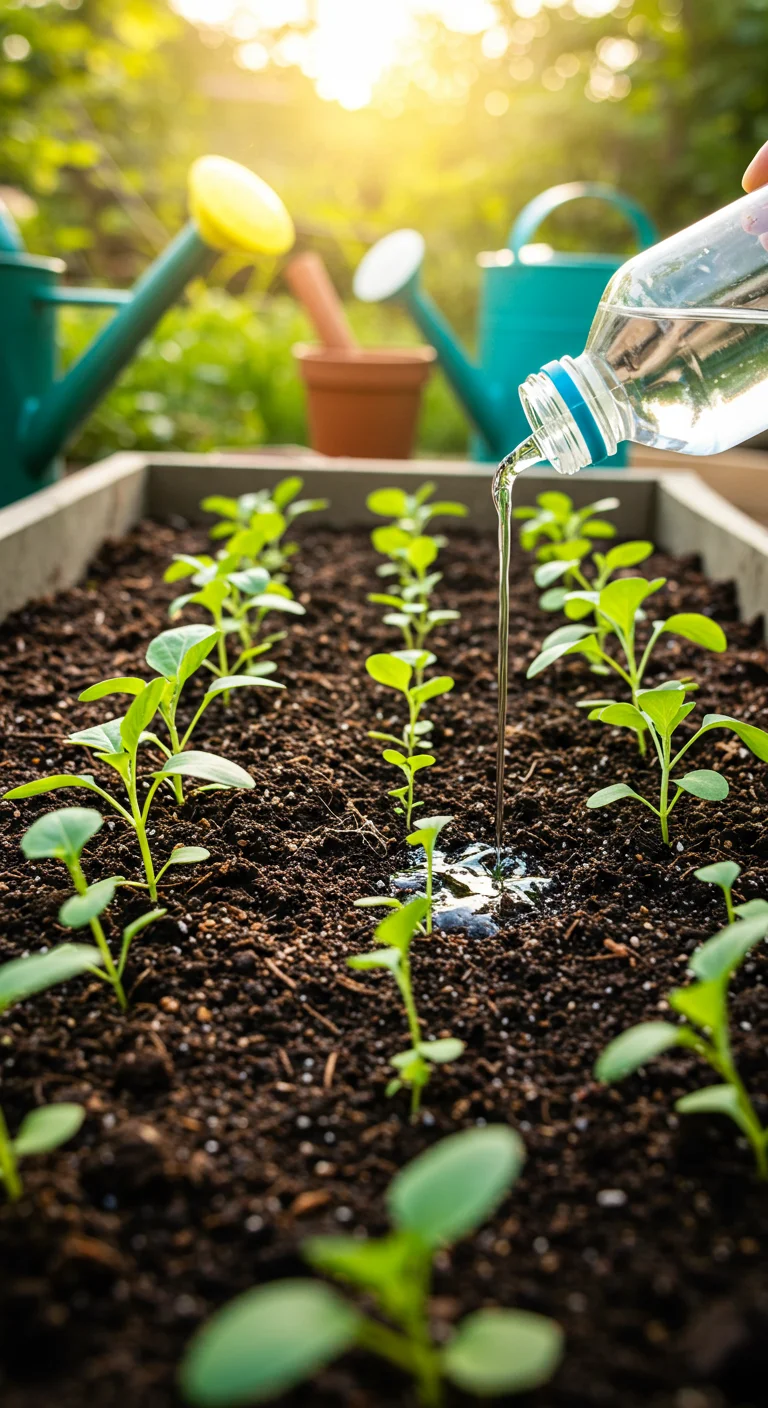
A gentle touch with hydrogen peroxide can significantly benefit delicate seedlings and transplants by promoting healthy root development and preventing root rot. When diluted in a solution of one part peroxide to four parts water, this treatment not only provides much-needed oxygen to the roots but also acts as a natural fungicide, protecting young plants from harmful pathogens. To use, simply water the seedlings or transplants with the solution, ensuring it penetrates the soil around the roots without overwhelming them. This gentle approach aids in establishing a robust root system while minimizing transplant shock, ultimately leading to healthier, more resilient plants. Regular applications during the early growth stages can set the foundation for thriving garden flora, making hydrogen peroxide an invaluable tool for gardeners seeking to nurture their precious plants.



